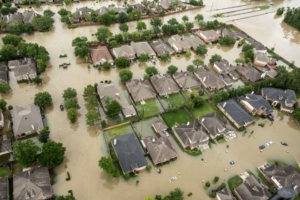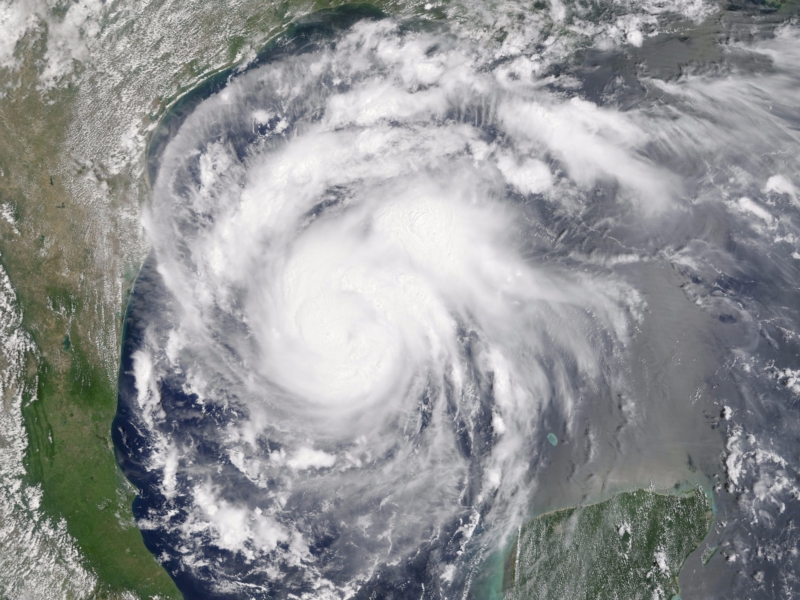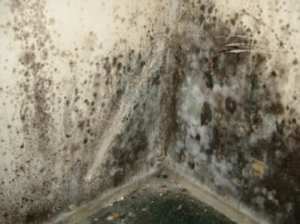 The unprecedented “500-year storm” along the Texas gulf and the Houston area from Hurricane Harvey has produced heartbreaking images of damage and loss, along with images of great courage and bravery as volunteers and first-responders work heroically to save lives from the intense flooding. The devastation in the Houston area is immense and with another 20″ inches of rain forecast over the next few days, the situation will continue to cause dire threats to lives and property. We at Moisture Management send our thoughts and prayers to everyone affected.
The unprecedented “500-year storm” along the Texas gulf and the Houston area from Hurricane Harvey has produced heartbreaking images of damage and loss, along with images of great courage and bravery as volunteers and first-responders work heroically to save lives from the intense flooding. The devastation in the Houston area is immense and with another 20″ inches of rain forecast over the next few days, the situation will continue to cause dire threats to lives and property. We at Moisture Management send our thoughts and prayers to everyone affected.
As experts in roofing, waterproofing, and water damage response, Moisture Management is keenly aware of the scale and scope of the flood damage that is facing Houston in the recovery process. Unlike a flooded basement, the issues facing the Houston area are fraught with challenges. This article is intended to lay out what the immediate response needs will be, what factors will be crucial in restoring flooded areas, and the long-term challenges that will affect Hurricane Harvey clean-up efforts for years to come.
When the Rain Stops….
Once the storm subsides and rescue efforts are over, the process of restoration and rebuilding can begin. The first step will be performing a wide-scale triage effort to determine the critical buildings and facilities that are required to aid in the recovery process, such as housing shelters, police and fire stations, local government centers, and hospitals. These priority targets will receive attention first, as they are vital infrastructure on which the rest of the recovery process will be implemented through. At the same time, roads and highways need to be cleared of debris to facilitate efficient transportation and logistics, to provide aid to the most affected areas.
Moving Forward into Neighborhoods
Once emergency services and transportation routes have been re-established, the cleanup effort will begin to move into neighborhoods and businesses in local communities. The first step will be determining the classification of the type of water that has flooded into a home. In the water damage restoration business, water is classified in 1 of 3 categories:
- Category 1 Water (Clear) – the flood water comes from a sanitary source, such as a broken water pipe or failed faucet, and is free from all contaminants.
- Category 2 Water (Gray) – the flood water comes from water that has a level of contamination that can cause illness or discomfort if ingested. These sources can include water from drain overflows, rain water that has contacted chemical contaminants, or other non-sanitary sources.
- Category 3 Water (Black) – the flood water comes from a grossly unsanitary source, such as water in contact with human waste, harmful contaminants such as oil or gasoline, sewer backups, or water that has been allowed to sit stagnant long enough to allow for bacteria growth. Black water remediation is much more involved and requires specialized training and protection equipment to address.
Determining the category of water that has damaged a structure is crucial to developing the correct course of action in restoring a property with water damage. Unfortunately, almost all of the flooding due to Harvey will have to be classified “black water”, resulting in more extensive remediation needs.
The Risk of Mold Growth
In the hot, humid Houston climate, mold growth in structures will become rampant from the sustained presence of water, combined with the lack of air conditioning and limited access to drying equipment. As homes and businesses will likely remain in wet conditions for weeks and/or months, mold growth will begin in as little as 3 days, greatly raising the economic costs of building remediation. Residents returning to their homes will be faced with this problem almost immediately, and mold can cause illnesses in the young, elderly, and those susceptible to asthma and breathing issues.
Repairing the Storm Damage
For those who experienced “minor flooding”, affecting only a small area or room, speed is of the essence to begin the drying out process with dehumidifiers and air movers before mold growth can begin. In areas where significant flooding has occurred, it is highly likely that mold growth cannot be prevented and demolition of all wet/moldy areas will be required, along with establishing containment protocols to prevent mold spores from spreading to unaffected areas, for example a second story living area. These remediation’s are both expensive and time consuming, leaving inhabitants unable to safely return to their homes until completed. Finally, for those buildings that have been severely flooded, structural damage is highly likely and could result in the need for the building to be demolished and completely rebuilt.
“Storm chasers” from around the country will be descending on the area to offer damage repair from the hurricane, many of which are not qualified enough to handle the extreme restorations required by a disaster of this magnitude. Desperate homeowners are often taken advantage of during mass events such as this, something that as professionals we lament, but have seen happen many times. Once “repairs” are completed, homeowners are often left with residual mold and structural damage issues, with no hope of finding that company again to remedy.
The Long Term View
As we all learned from Hurricane Katrina, a natural disaster of this size and magnitude is not something that can be adequately planned for and easily rebuilt. The clean up and restoration of Houston, Texas and the surrounding areas will involve months and years of displaced residents, demolition, construction, and cleanup. The total damage bill will almost certainly cost in the billions of dollars and will require governmental, private, and charitable organizations working in tandem to help alleviate the humanitarian crisis that has arisen. Today, we don’t want to lose focus on the ongoing rescue efforts to get people out of harm’s way and to dry, safe areas. However, the long-term needs of the Houston area are tremendous and will require our nation’s support in these dark times to one day, restore the light of a beautiful, American city. If you would like to donate to the relief efforts, you can contribute through the American Red Cross by clicking here.


